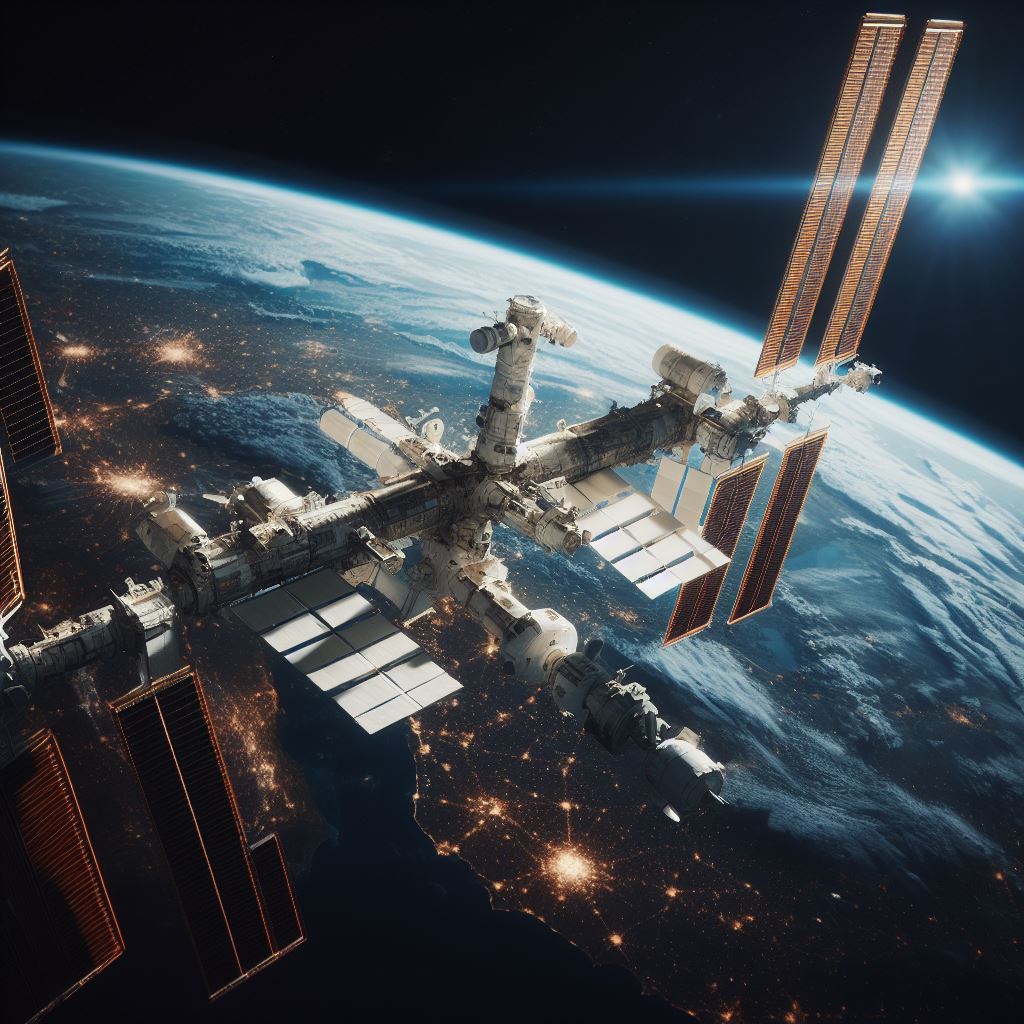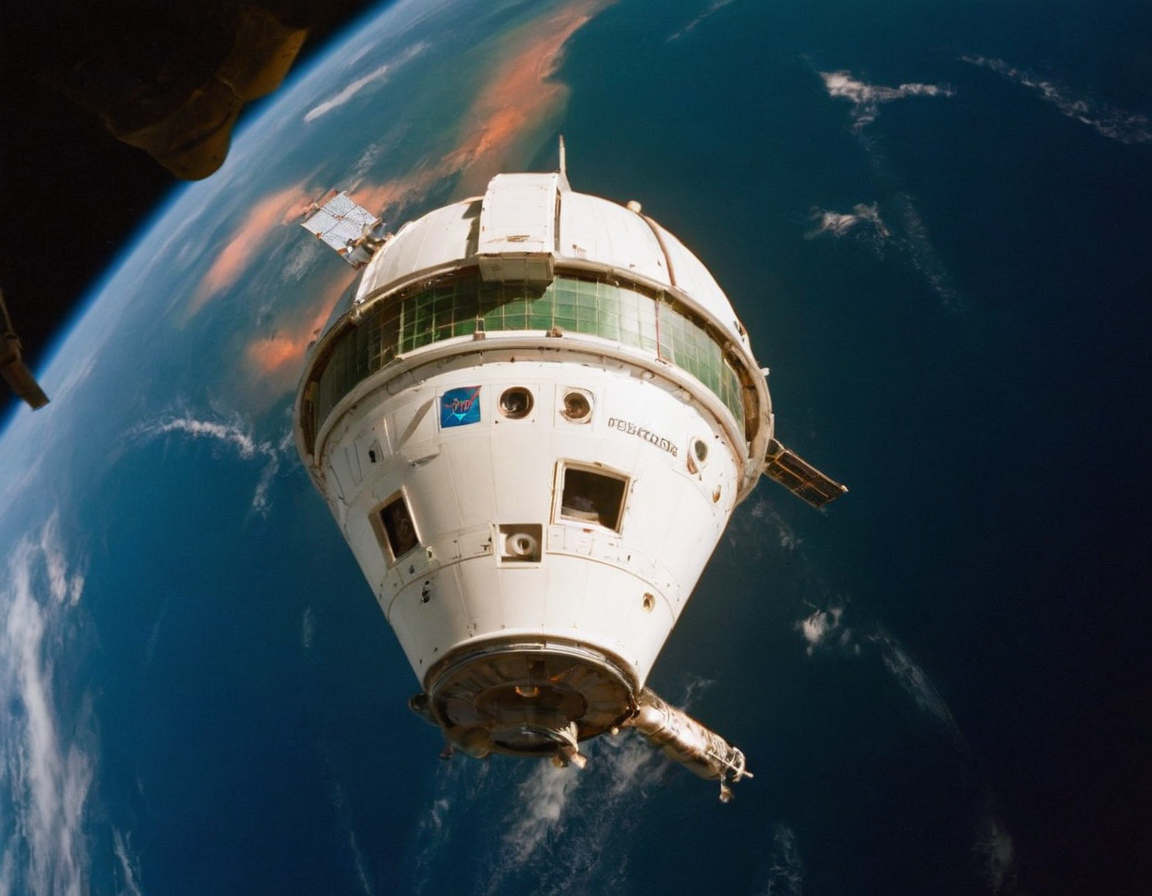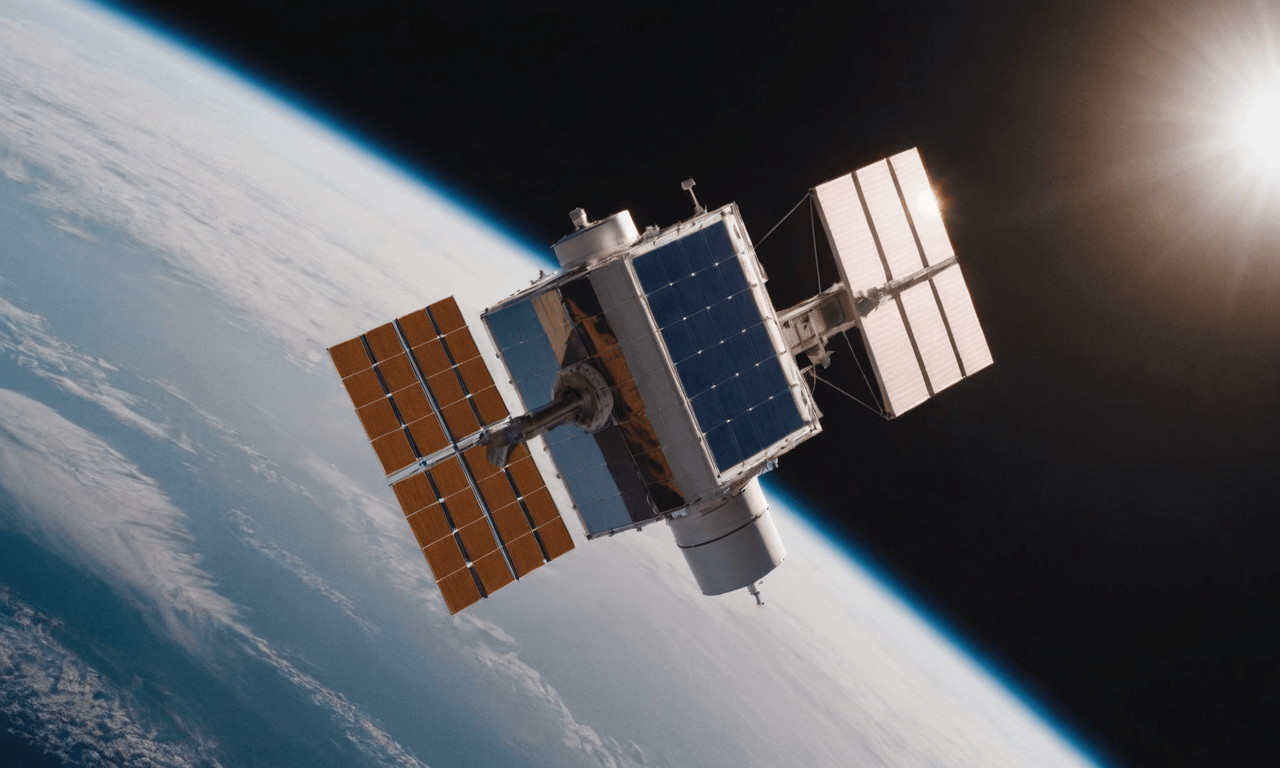· deep dive · 3 min read
The Evolution of Space Stations
A brief journey through the evolution of space stations, delving into Russia's Mir, the International Space Station, China's Tiangong, and envisioning the future of orbital habitats.

Space stations, orbiting the Earth, have been significant markers of human technological advancement. From the Soviets’ initial steps to the collaborative endeavors of the International Space Station (ISS), this article traces the development of these iconic structures.
Salyut: Pioneering Extended Space Stay
In 1971, the Soviet Union launched Salyut, marking the beginning of extended human habitation in space. Beyond its technological significance, Salyut set the stage for more advanced space habitats in the years to follow.
Skylab: The U.S. Joins the Orbit
By 1973, the U.S. established its footprint in space habitation with Skylab. Using a repurposed Saturn V rocket, Skylab served as a research platform, enhancing our understanding of life in space and providing vital data for future space station projects.
Mir: A Beacon of International Collaboration
Mir, launched in 1986, served as a space research hub for 15 years. During its tenure, it welcomed astronauts from different countries, reinforcing the idea that space exploration could be a collaborative endeavor. This spirit of cooperation laid the groundwork for the subsequent International Space Station.

International Space Station (ISS): Collaboration in Action
The ISS, started in 1998, is a joint project involving multiple countries: NASA (USA), Roscosmos (Russia), JAXA (Japan), ESA (Europe), and CSA (Canada). It has been central to numerous scientific studies and represents the benefits of global collaborative efforts in space.
Explore the ISS’s current location
Tiangong: China’s Leap into Space Habitation
China made its entry into space station development with the launch of Tiangong-1 in 2011. This station, and its successor Tiangong-2, underscore China’s growing capabilities in space research and technology.
View Tiangong-2’s orbital details
Russian Orbital Service Station (ROSS): Russia’s Next Step
Scheduled to begin in 2027, ROSS is Russia’s upcoming space station project. With varied applications ranging from Earth monitoring to potential space tourism opportunities, ROSS illustrates the evolving objectives and capabilities of space stations.

Haven-1: Bridging Commerce and Space
The American company Vast is working on Haven-1, showcasing the potential role of private enterprises in space exploration. Slated for a 2025 launch, this station hints at the increasing intersection of commercial and scientific interests in orbit.
The Future of Space Stations
With companies like SpaceX and Blue Origin entering the arena, the future of space stations appears diverse. Whether serving as research centers or commercial hubs, the next generation of stations will play a crucial role in expanding our activities in space. As we look ahead, it is worth remembering the pioneering efforts of the past, which laid the foundation for the space stations of today.





